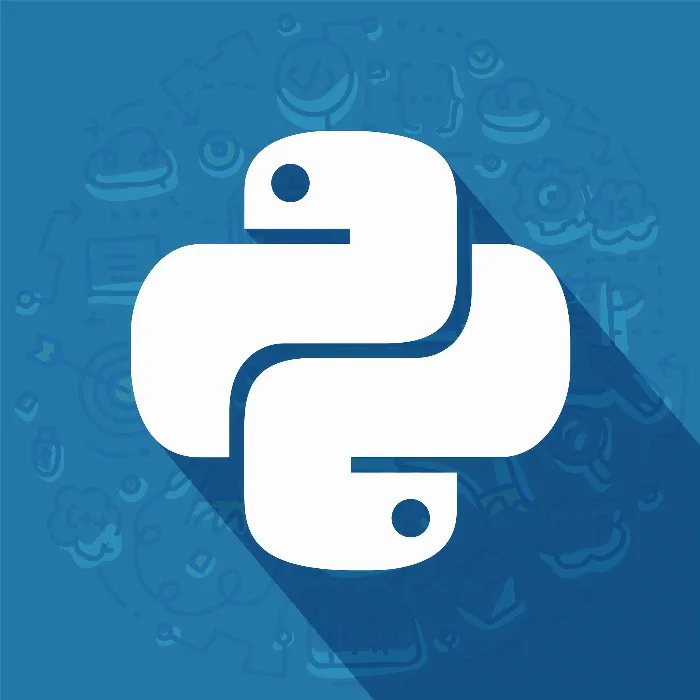Python offers you the opportunity to design programs more dynamically by using conditions. These help you decide which instructions should be executed based on the criteria that are met. In this guide, you will learn the basic elements of conditional statements in Python and how to use them effectively.
Key insights Conditions allow you to create different logic flows in your code. We use if statements to make decisions, else for alternative actions, and elif for additional conditions. These fundamentals are crucial for creating interactive programs with Python.
Step-by-Step Guide
Introduction to Control Structures
You are now ready to dive into control structures. These elements allow you to make the execution of your code non-linear, responding dynamically to user interactions or other conditions. Control structures like if, else, and elif are fundamental for programming in Python.
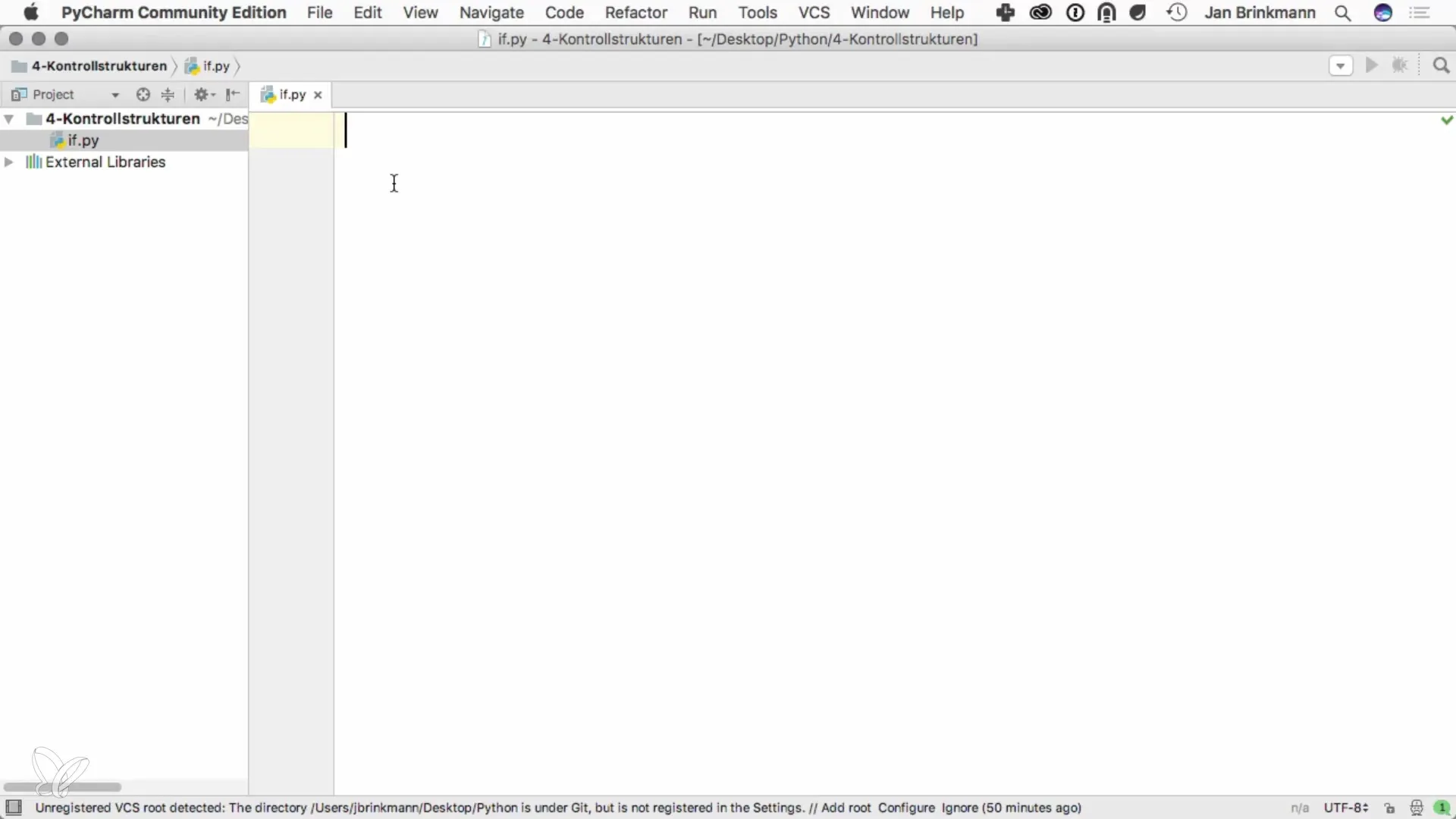
The if Statement
Let's start with the if statement, which allows you to check conditions. The most basic comparison in Python is to evaluate an expression that results in either True or False.
For a simple example: If you want to check if a person is of legal age, you do this with the following line: if adult is True:. If this condition is met, the code in the block below is executed. In Python, you use a colon at the end of the if line and indent the following code block accordingly.
The else Branch
What happens when the condition is not met? This is where the else statement comes into play. With else you can specify what should happen when the if condition results in False. So if someone is not of legal age, you might respond like this: else: print("You are not yet 18.").
With this, you have a simple but effective way to create different outputs based on the condition.
Using elif
Sometimes it is not enough to have just two possibilities. To test multiple conditions, you can use elif, which stands for "else if." This allows you to check multiple conditions in a single structure.
In this case, you can cover various age levels and provide corresponding responses.
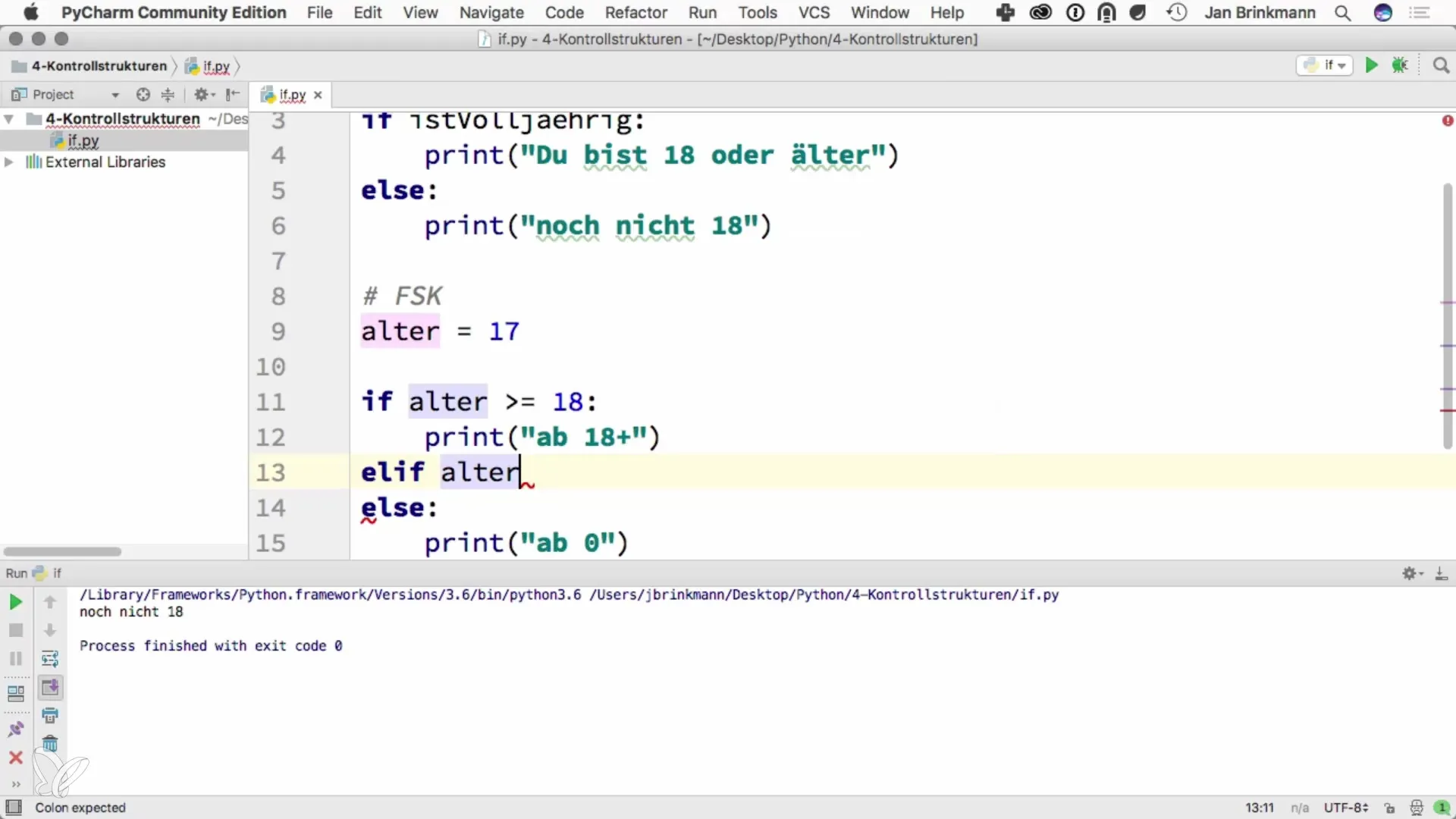
Order of Conditions
The order in which you check your conditions is crucial. Python processes the conditions from top to bottom. Once a condition is met, the subsequent ones are ignored. This means that the first applicable comparison executes the corresponding code and ends the control.
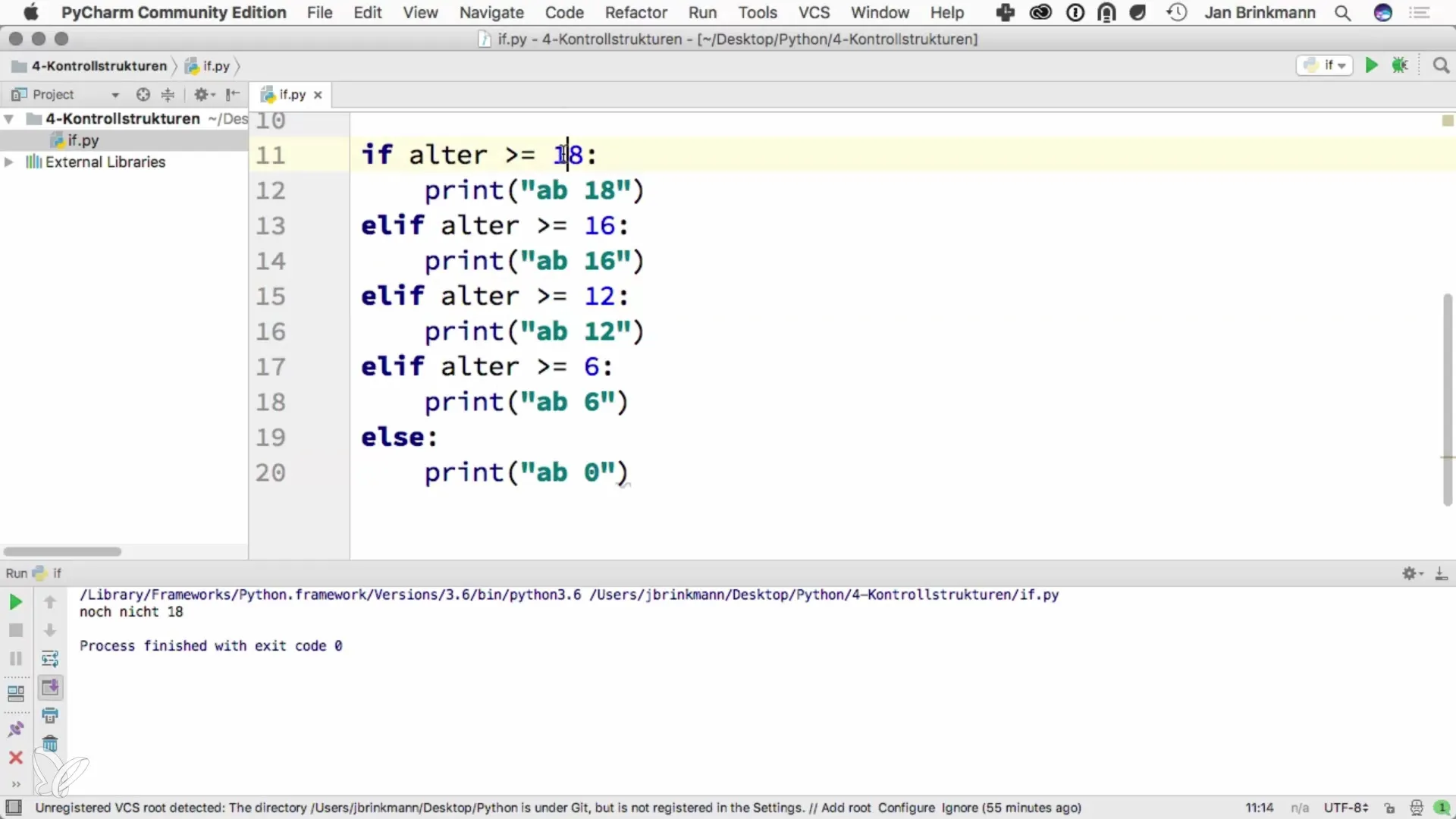
Example Application: Checking Age Approval
Imagine that you want to check the age approval for a game. You could create a variable age to store the user's age. Based on this variable, you can check whether the age is 18, 16, or 12 years and set the age approval accordingly.
In this structure, you can clearly see how you work with different age levels and respond accordingly.
Conclusion
With this, you have learned the basics of using conditions and control structures in Python. The if statement is at the core, the else statement allows you an alternative course of action, while elif lets you check multiple conditions. It is important to pay attention to the order of the conditions, as Python will process them linearly.
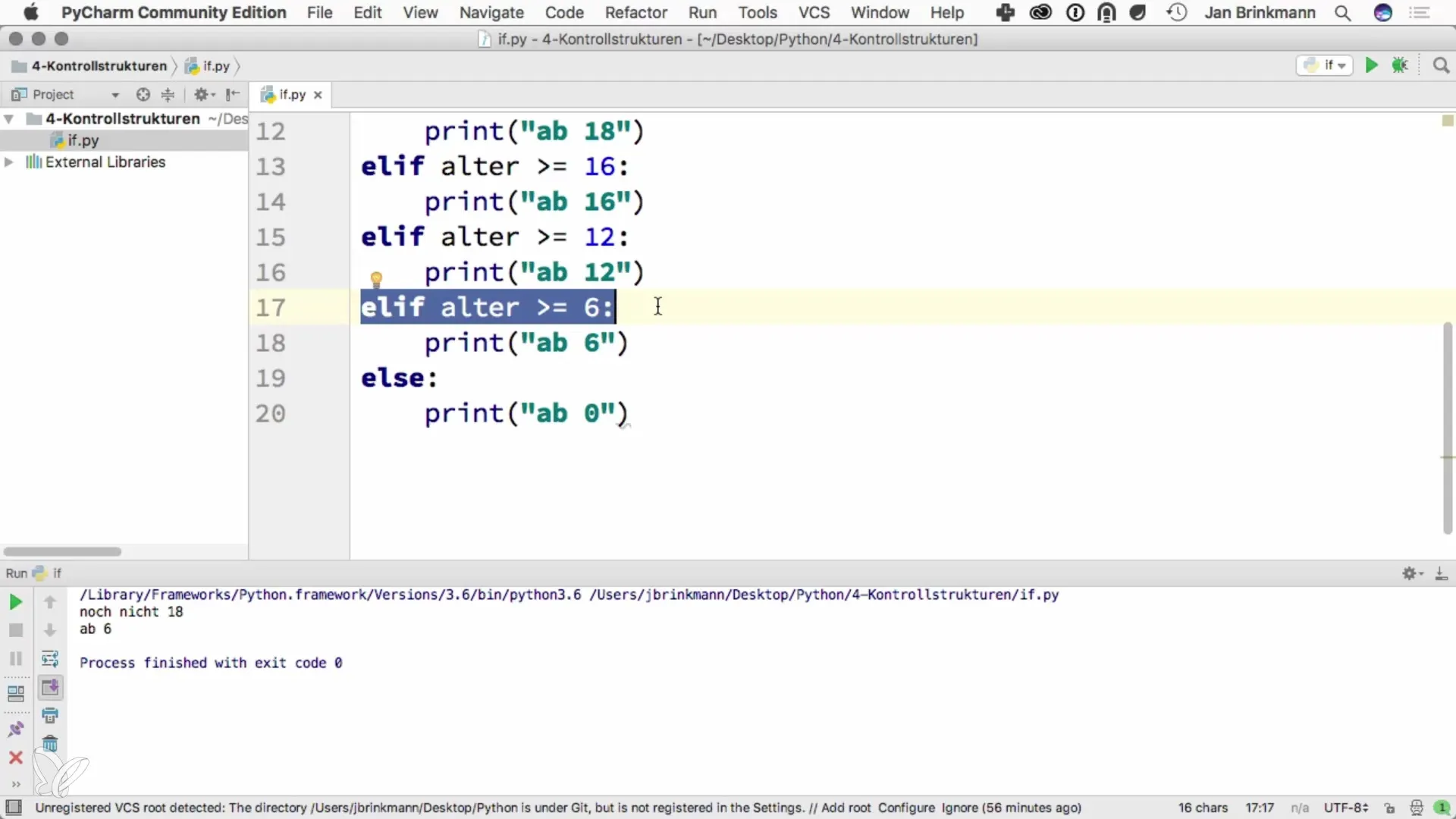
Summary – Dynamic Programming with Python through Conditions
This guide has provided you with a comprehensive overview of the basics of conditions in Python. You have learned how to create different program flows with if, else, and elif. Use these concepts to make your applications dynamic and interactive.
Frequently Asked Questions
What is an if statement?An if statement checks whether a specific condition is true and then executes the subsequent instructions.
How do I use else in Python?With else, you can determine which instructions should be executed when the if condition is not met.
What does elif mean?elif stands for "else if" and allows testing multiple conditions if the previous condition is not correct.
Why is the order of conditions important?The order is important because Python processes the conditions from top to bottom and executes only the first met condition.
How many elif statements can I use?You can use as many elif statements as you need to check all possible conditions.
